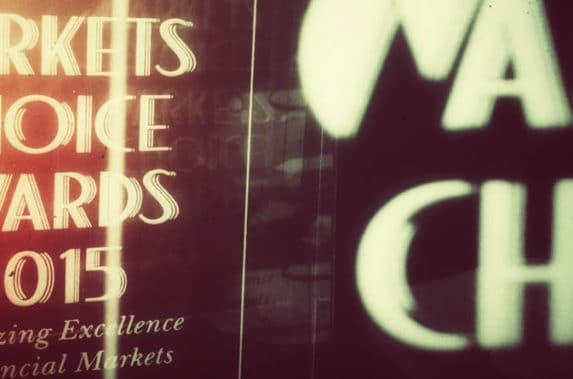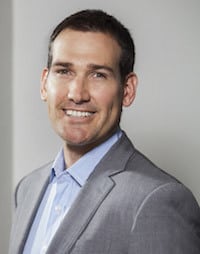Quantitative Brokers is servicing fixed income, equity-index, and energy futures traders with a suite of algorithms designed to minimize market impact on outright, spread, and multi-leg inter-commodity transactions.
The agency broker’s Legger algorithm executes user-defined structures with any ratio and number of legs across cash U.S. Treasury and futures markets. Detailed transaction cost analysis (TCA) is generated for each execution, providing full post-trade transparency on the order and slippage.
“We have built an algorithm that can receive any user-defined, multi-leg inter-commodity instrument set across various geographies or even currency denominations,” said Christian Hauff, CEO and co-founder of QB. “We can execute that instrument with various benchmarks, and provide TCA analysis on the back end, so you’re getting an algorithmic implementation of each individual leg, with an overall consciousness of the synthetic economics of that instrument while it’s being executed.”
TCA is provided at both “the synthetic composition level and at the individual leg level,” he added.
In equities, a lot of execution is straight single-name, but in the fixed income world, there’s a lot of relative-value trading. Traders might be doing a butterfly, for example, or a weighted basket of short term interest rates versus a benchmarked five -year or ten-year Treasury.
As complexity in derivatives market structure increases, algorithmic trading is becoming a fixture within both buy- and sell-side trading. Algorithmic futures trading has taken hold among commodity trading advisors, global macro hedge funds, pension funds and asset managers.
“We’ve had a lot of success in provisioning that space, and we’re anticipating some very big results and rewards and continued growth in that sector, particularly now that clients can do cash versus futures, cash versus cash, futures versus futures,” said Hauff. “We’ve got clients doing 18-legged fixed income security baskets. We don’t know of anyone else that is close to operating at this level or providing anything of this type.”
The current state of that marketplace or market behavior is dominated by “the usage and the adoption of software,” added Hauff. “Current solutions in the marketplace are software tools that are not algorithmic, they don’t have any learned analysis, intuition or quantitative analysis and they definitely don’t have TCA.”
Traders use algorithms to efficiently, anonymously, and cost effectively execute their futures trades across global markets. FCMs and their buy-side clients are deploying a wide variety of algorithms beyond the basic Volume-Weighted Average Price and Time-Weighted Average Price that were borrowed from other asset classes.
In 2014, QB became a broker-dealer, so it’s now authorized to act as an algorithmic agent in U.S. cash treasuries. “That ties nicely into an area of innovation that QB has brought to the market which is inter-commodity algorithmic execution,” said Hauff. “We were one of the pioneers in algorithmic trading, starting with interest rates futures, and we’ve continued to expand and to grow our business.”


